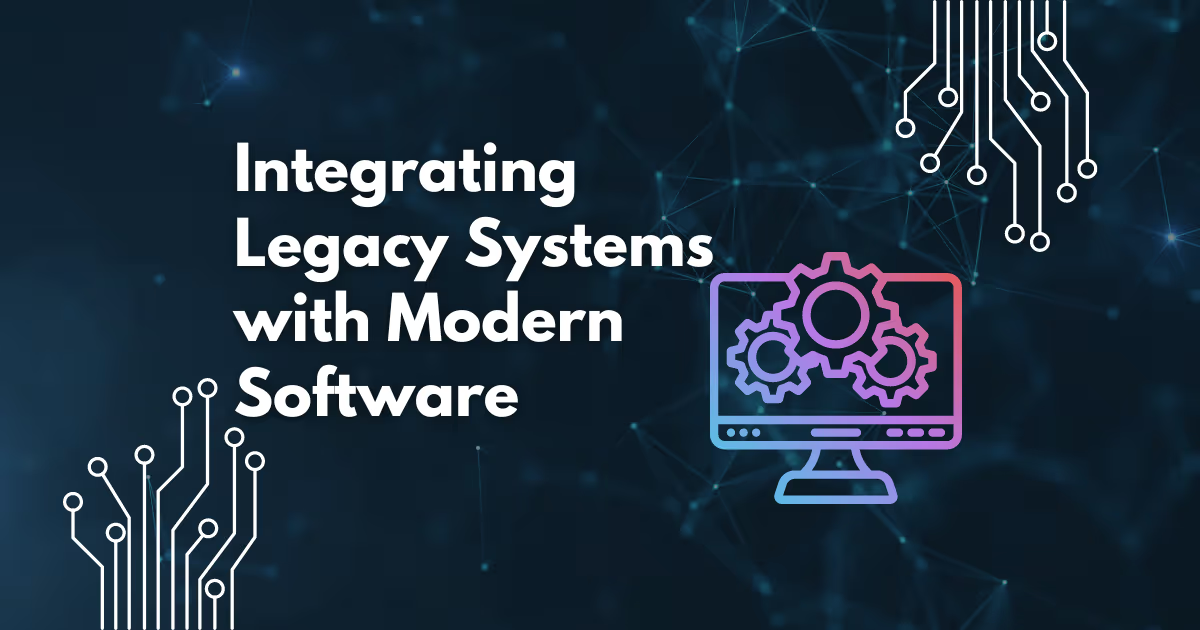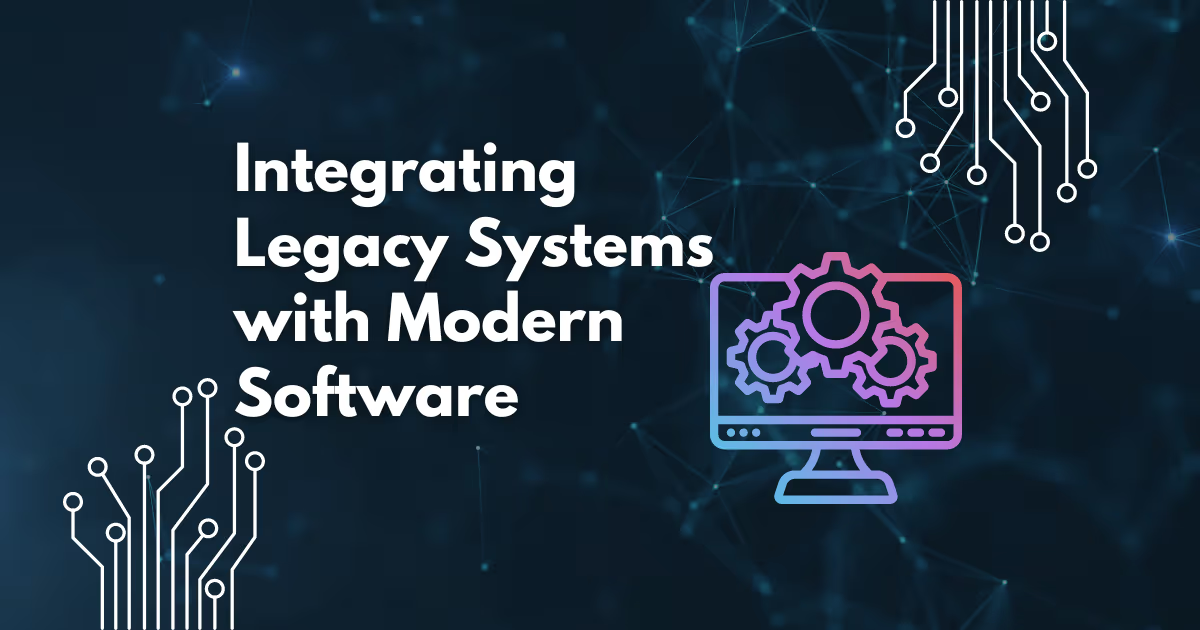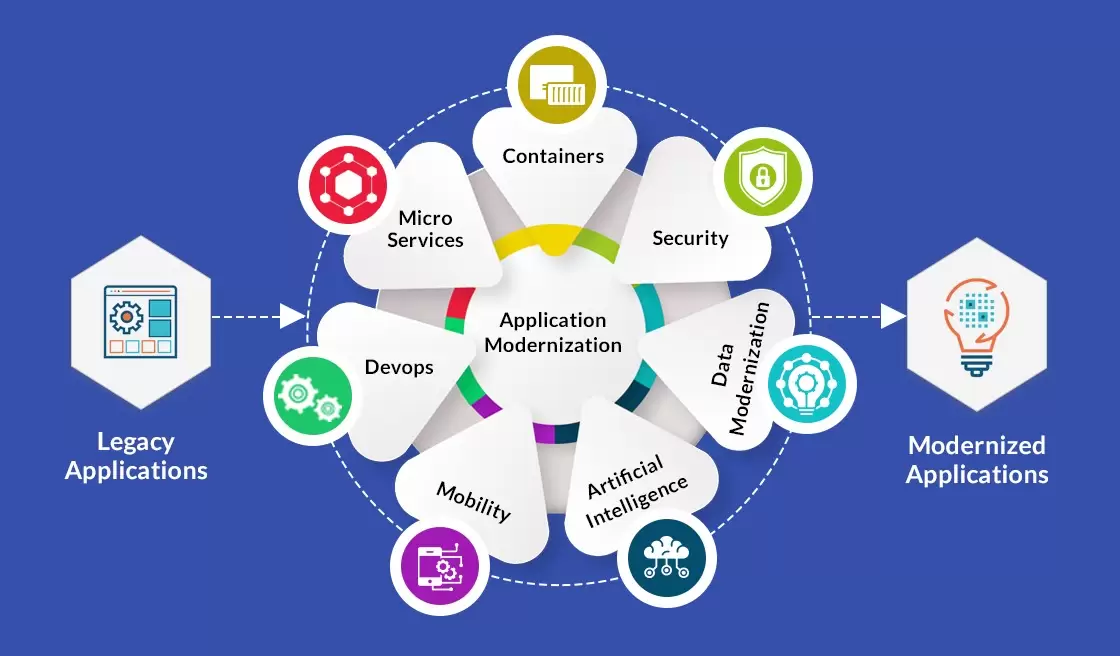Meta Description
Discover how business processes in ERP optimize efficiency, streamline operations, and drive business growth. Learn the key types and steps involved.
Introduction
In today’s fast-paced business environment, companies need efficient systems to manage their operations seamlessly. Business processes in ERP (Enterprise Resource Planning) play a crucial role in integrating various functions across departments, ensuring streamlined workflows, and enhancing productivity. This article explores the fundamentals of business processes in ERP, their types, and how they can transform your organization.
What Is the Business Process in ERP?
A business process in ERP refers to a series of structured activities designed to achieve specific business goals. ERP systems automate and integrate these processes, covering areas such as:
- Finance and accounting
- Human resources
- Supply chain management
- Customer relationship management
By centralizing data and processes, ERP systems improve decision-making, reduce operational costs, and boost efficiency.
The 4 Types of Business Processes in ERP
Understanding the different types of business processes helps organizations optimize their ERP systems. The four main types are:
- Operational Processes: Core activities that create value, like production, sales, and service delivery.
- Supporting Processes: Activities that support core operations, such as HR management and IT support.
- Management Processes: Processes related to business governance, including strategic planning and performance monitoring.
- Development Processes: Focus on growth and innovation, such as product development and market research.
The 7 Steps of the Business Process in ERP
Implementing business processes in ERP involves several critical steps:
- Define Objectives: Clearly outline what you aim to achieve.
- Map Existing Processes: Document current workflows to identify areas for improvement.
- Design New Processes: Develop optimized processes aligned with business goals.
- Configure ERP System: Customize the ERP software to support new processes.
- Test and Validate: Ensure processes work as intended through rigorous testing.
- Implement: Roll out the new processes across the organization.
- Monitor and Improve: Continuously evaluate performance and make necessary adjustments.
Understanding ERP Through Business Processes
To fully grasp how ERP systems work, consider these four key business processes:
- Procure-to-Pay (P2P): Managing procurement and supplier payments.
- Order-to-Cash (O2C): Handling customer orders and revenue collection.
- Record-to-Report (R2R): Managing financial reporting and compliance.
- Hire-to-Retire (H2R): Overseeing the employee lifecycle from recruitment to retirement.
These processes demonstrate how ERP integrates various functions, promoting efficiency and data consistency.
Conclusion
Mastering business processes in ERP is essential for organizations aiming to enhance efficiency, reduce costs, and drive growth. By understanding the different types, implementation steps, and core processes, businesses can leverage ERP systems to achieve their strategic goals.
Ready to optimize your business processes with ERP? Visit SingleClic today or contact us directly:
- Phone: +2 010 259 99225 / +971 42 475421 / +966 58 1106563
- Email: Info@singleclic.com
Let SingleClic help you streamline your operations for maximum success!








